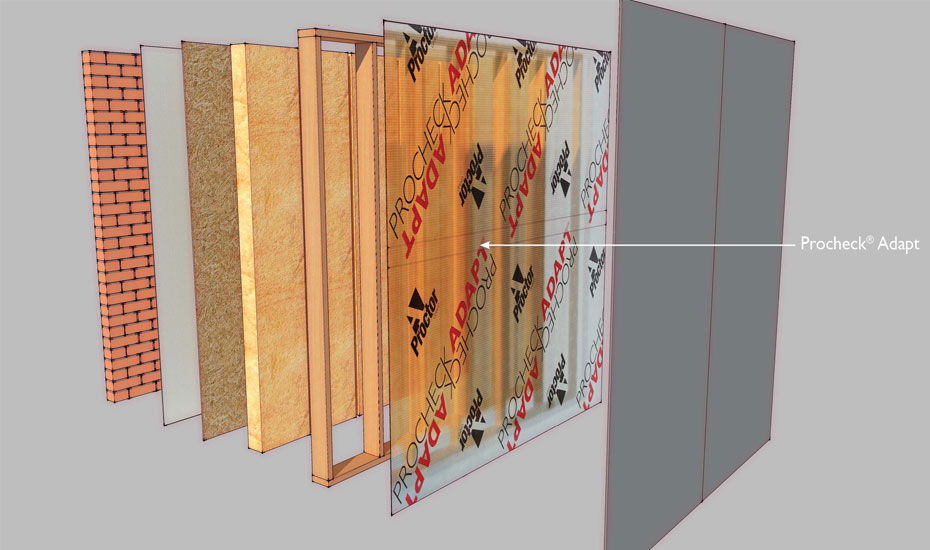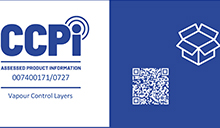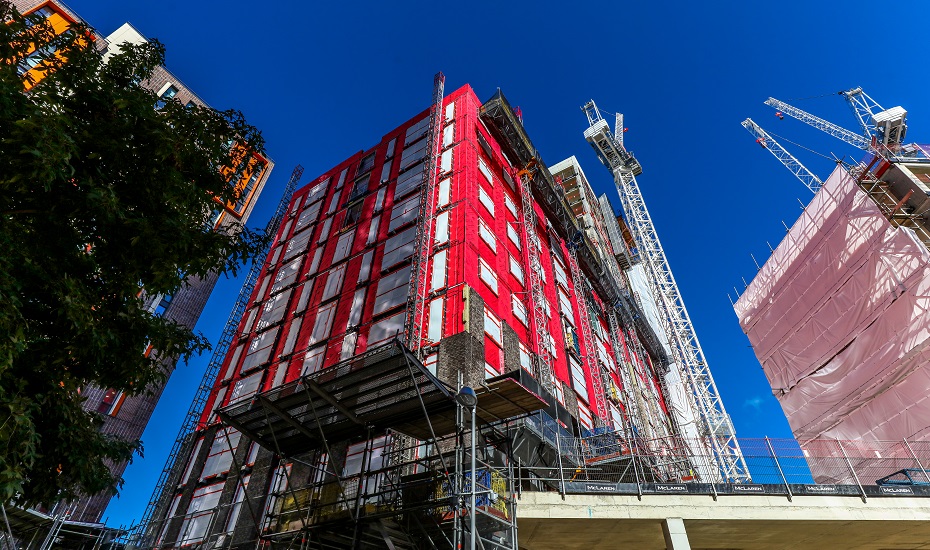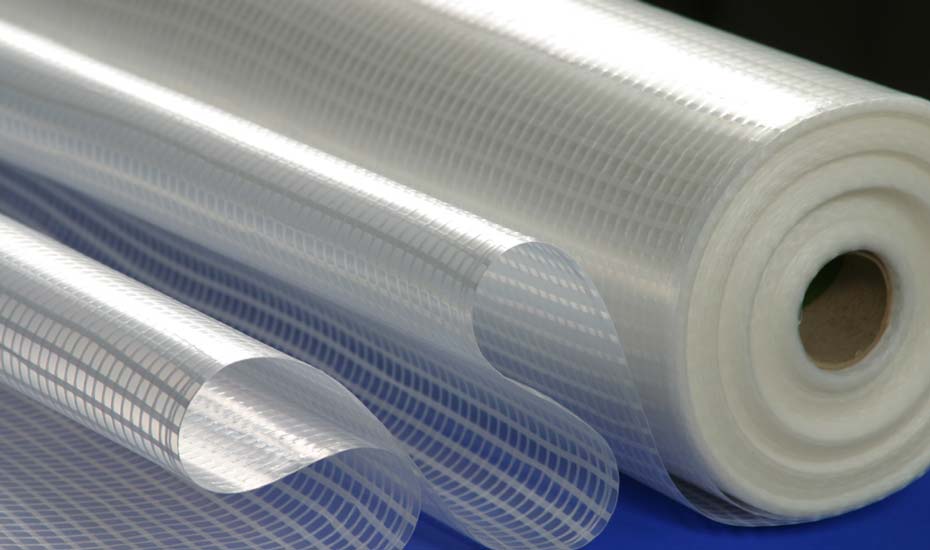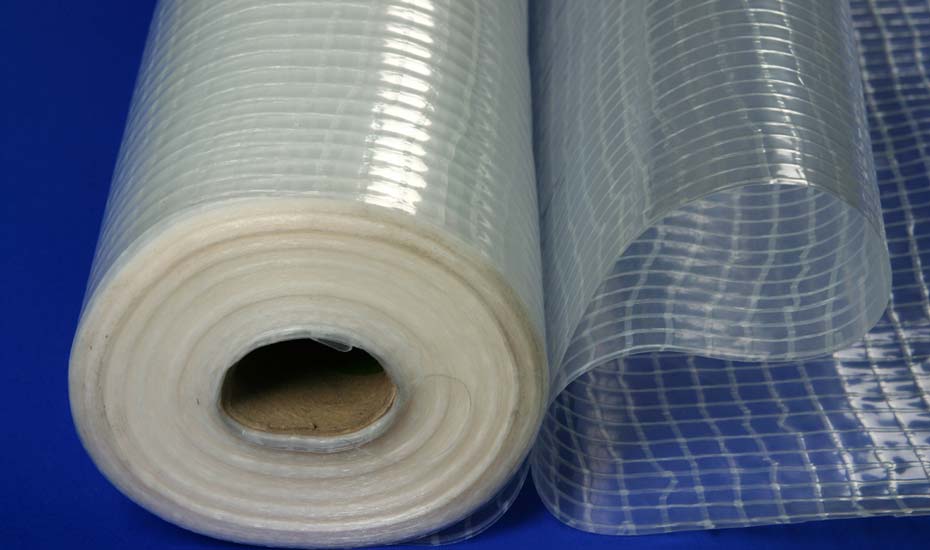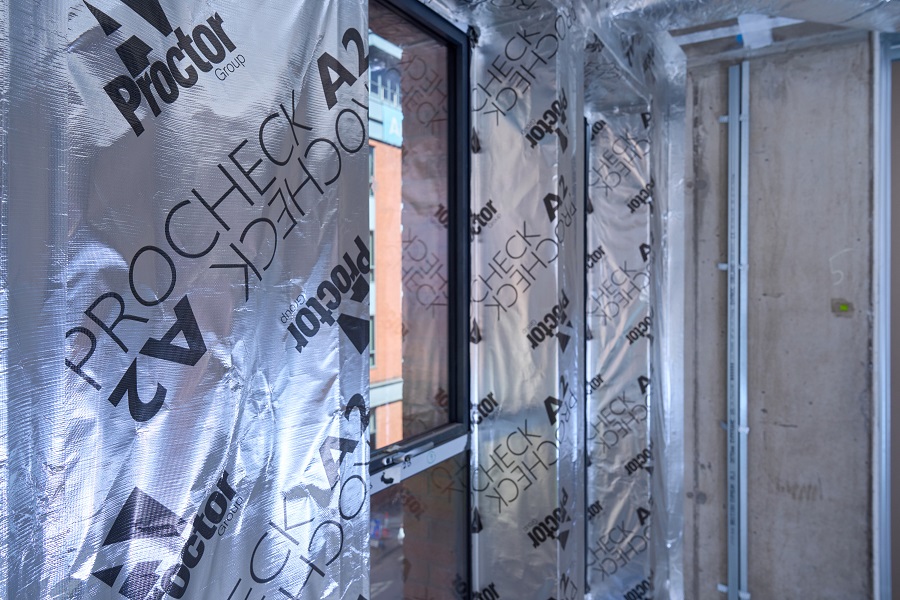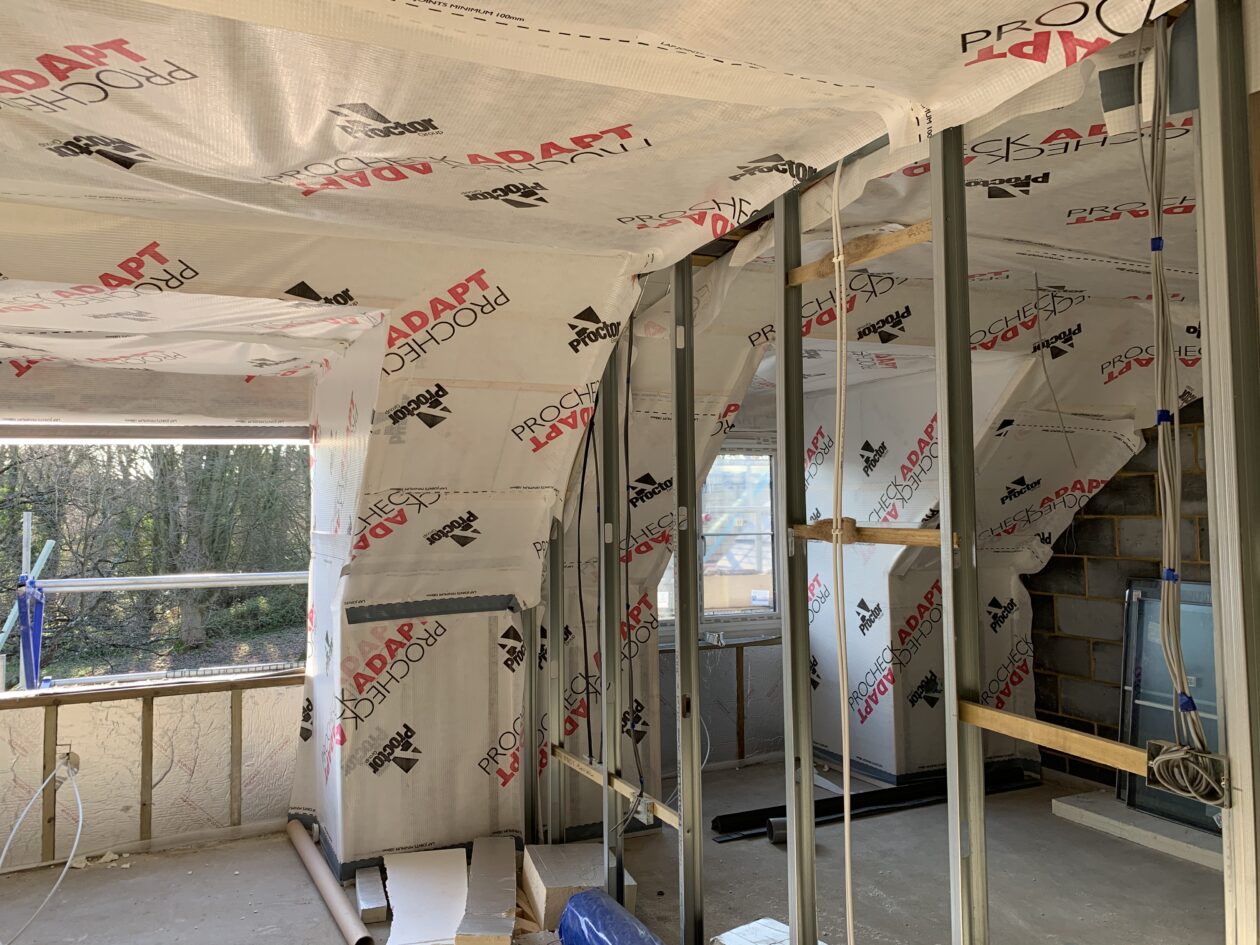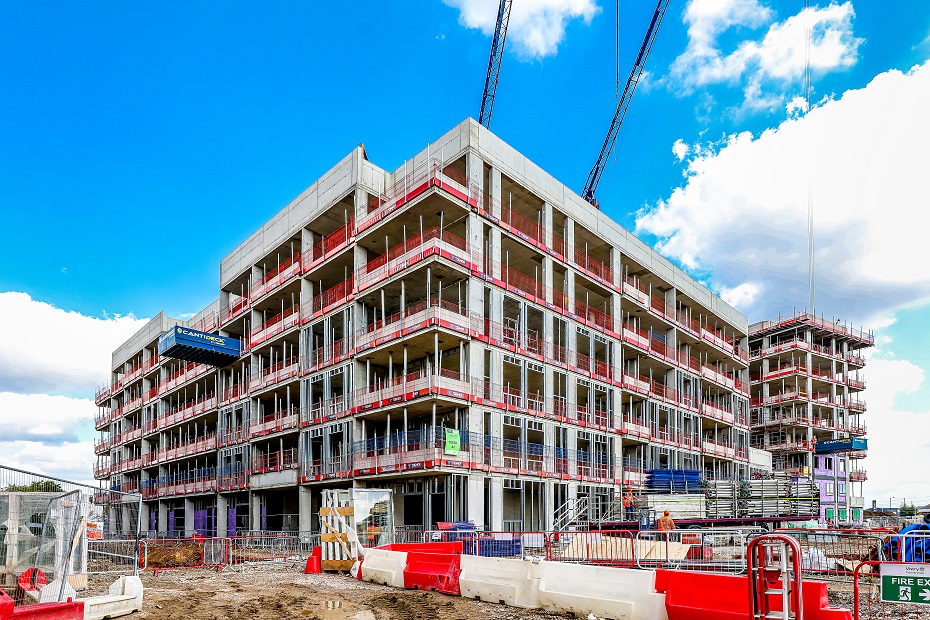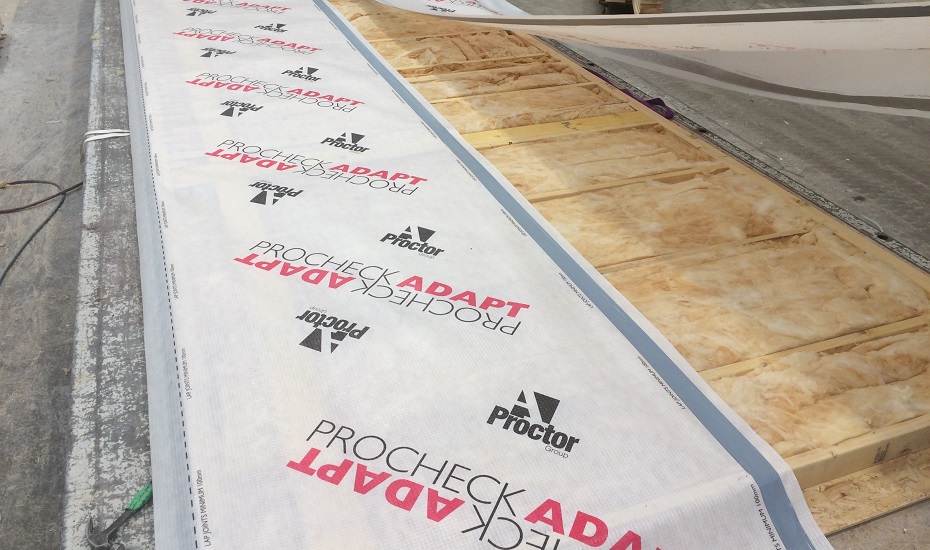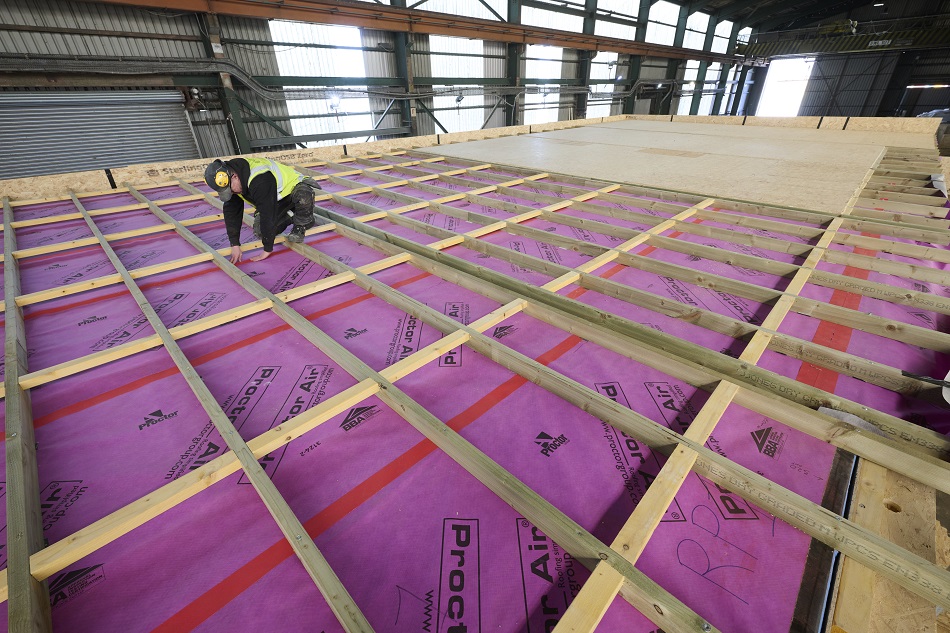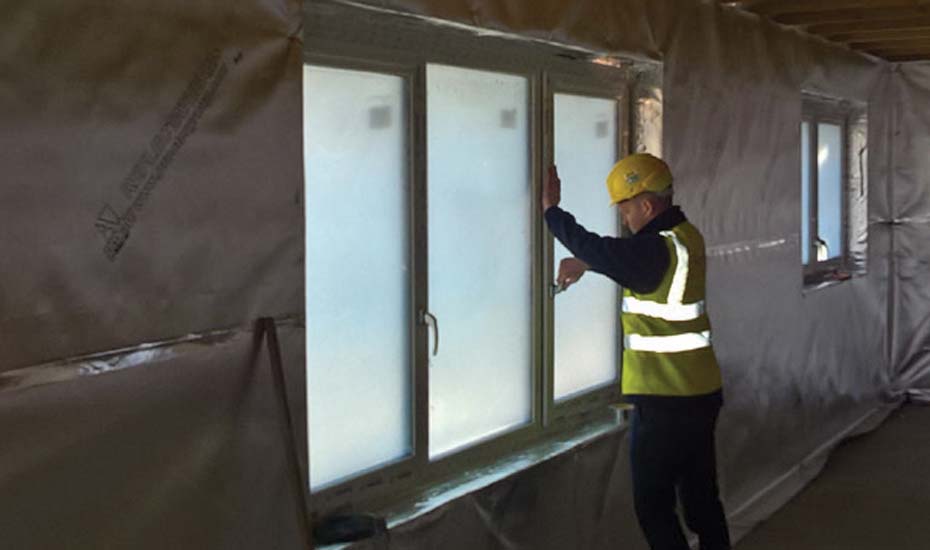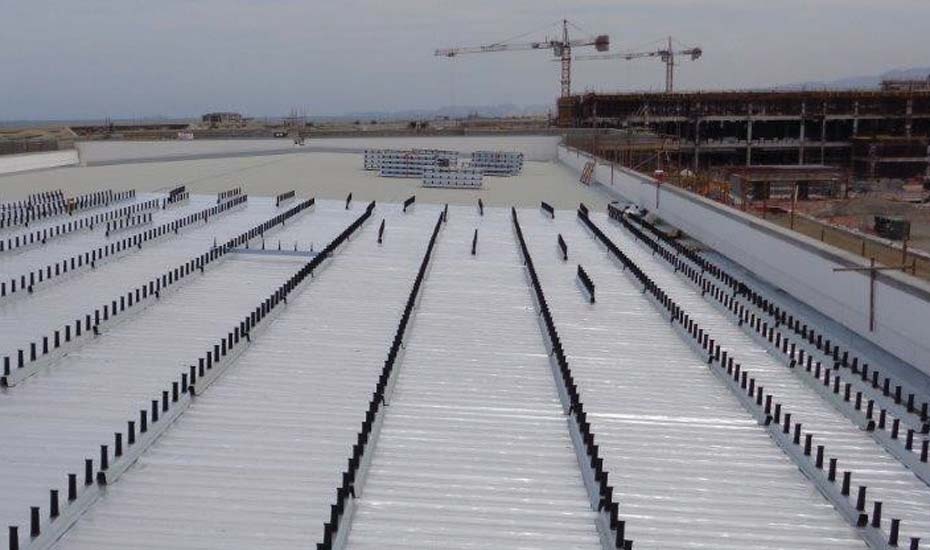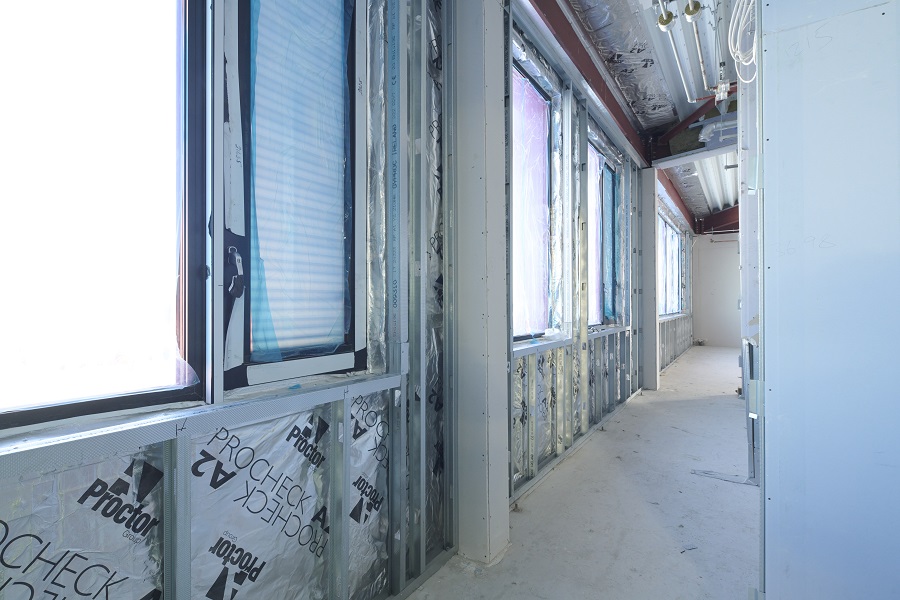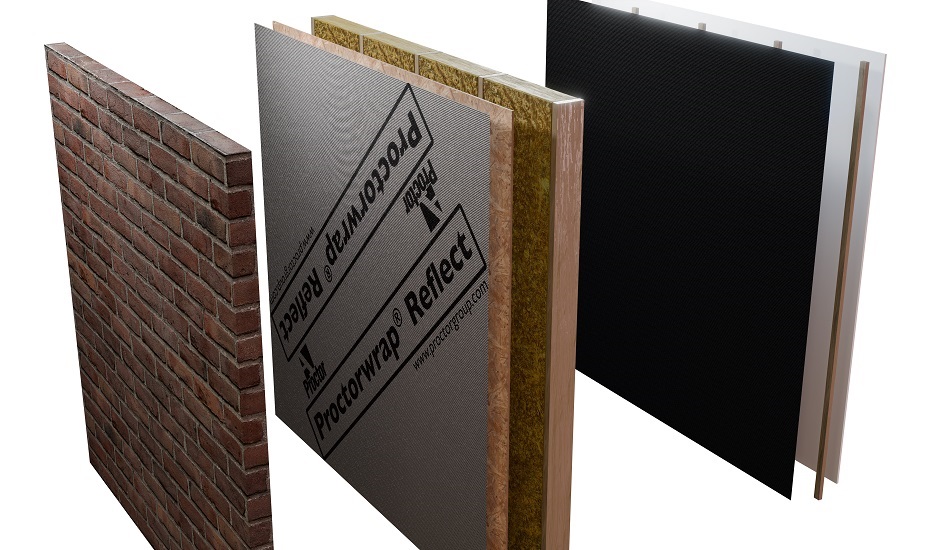Procheck® Adapt is a variable-permeability vapour control layer for use in a variety of commercial and residential applications. It protects the building fabric from potential risks of condensation and it will also act as an airtight barrier. Its variable permeability adapts to changes in humidity levels becoming more resistant in Winter and more permeable in Summer. This means the building fabric is protected from damaging moisture levels during cold, wet months of the year and it will allow the fabric to dry out effectively in warmer, drier months. Procheck Adapts’ translucent structure eases fixing to structural frames and in conjunction with its integral tape allows for a fast installation time.
Request a Sample
Technical Advice
CAD Detail Review
U-Value Calculation
Book a CPD
Specification Check
Product Information
New vapour control layer offers higher protection for buildings
Procheck Adapt is designed to protect the building fabric from the potential risks of condensation whilst providing the added benefit of serving as an effective airtight barrier. Thanks to its unique design the new membrane offers variable resistance which adapts to changes in humidity levels, becoming increasingly more resistant in Winter and more permeable in Summer. This ensures that the building fabric is protected from damaging moisture levels during cold, wet winter months, and allowing the fabric to dry out effectively in warmer, drier months. Procheck Adapt has a translucent structure which eases fixing to structural frames and in combination with its integral tape allows for a fast installation time. It has long been recognised that the correct management of moisture vapour within buildings is important not only in ensuring the longevity of the building fabric, but also in the health of the occupants. As today’s structures become increasingly better insulated, more airtight, and more energy efficient, management of moisture at the design stage becomes critical.The introduction of Procheck Adapt will ensure that it provides a high level of protection throughout the building’s lifespan.
What is WUFI?
Addressing moisture movement
Heat, air and moisture movement (HAMM) through the building envelope is a naturally occurring process that affects the integrity of building components and the health of building occupants. As an understanding of HAMM grows in the industry, designing for moisture management in all areas of the building envelope has quickly become standard practice.
Construction professionals in the UK consider BS5250:2011 ‘Code of practice for control of condensation in buildings’ the authoritative resource on this topic. As astarting point, the Standard specifies the industry must be aware of both the internal and external factors contributing to condensation control and building health, where it states:
“In order to avoid the occurrence of excess condensation, which can result in mould growth and damage to the building fabric, designers should assess the amount of water vapour likely to be generated within the building … and consider the effects of the external climate.”
This statement seems perfectly reasonable in theory, but how in practice can a designer deal with internal humidity levels that can change with building function, use and occupancy adaptations, as well as external conditions like weather and topography that are clearly beyond their control?
Risk assessment methods
Construction professionals have traditionally utilised the Glaser method to assesscondensation risk. Glaser is a ‘steady state’ calculator that uses average monthlytemperatures, vapour pressure and heat conduction to determine if condensationoccurs at critical points over the span of 12 months. While this method correctly looks at vapour diffusion, or the passage of water vapour through the building fabric, it only considers this movement in a single direction. There are other limitations with the Glaser method: the calculations do not account for additionalsources of moisture such as damp soil, seasonal wet and dry cycles, or the porosity of materials used in the construction. The Glaser method is suitable for very simple, lightweight construction types, however, it is broadly considered to be inappropriate for the vast majority of projects particularly any that use materials with the potential for absorbing water like porous brick or fibrous insulations, as well as any retrofitted buildings with solid masonry walls.
WUFI® software, developed by the Fraunhofer Institute for Building Physics in Germany, was a huge step forward for the industry in terms of condensation risk assessment. In contrast to the Glaser method, WUFI calculations are ‘non-steady state’ simulations that constantly plots the movement of heat, air and moisture in a state of constant change relative to building usage, project aspect, and seasonality. WUFI goes much further than Glaser by including other sources of moisture such as ingress from the ground, worst-case scenario precipitation events, and the natural variation in moisture content within individual building materials over time. As the designer is able to simulate an hour-by hour condensation risk analysis over an infinite amount of time, projects can be optimised for longevity and for the health and wellbeing of occupants.
Advanced assessments | Advanced materials
The profession’s growing understanding of the complexities of HAMM has led to ashift in the industry in two ways. First, modeling software like WUFI is becoming increasingly sophisticated to better model and assess the subtleties of building physics, and second, a new generation of construction materials are being developed to work with HAMM thereby supporting the long-term health and durability of a building.
One example of these advanced materials are “intelligent” vapour control layers (VCLs) which have been designed to adapt to changing humidity circumstances. These variable permeability VCLs can change their permeability, becoming more vapour resistant during winter and more vapour permeable in the summer. Variable permeable membranes help to regulate the natural moisture-loading and drying out cycle of the building envelope by protecting the building fabric in the colder, wetter months, and allowing it to dry out effectively in warmer, drier months.
The A. Proctor Group is the proud supplier of the intelligent membrane, Procheck® Adapt, a high-performance variable permeability vapour control layer for use in commercial and residential applications. Need a WUFI calculation? Contact the A. Proctor Group’s Technical Department.
